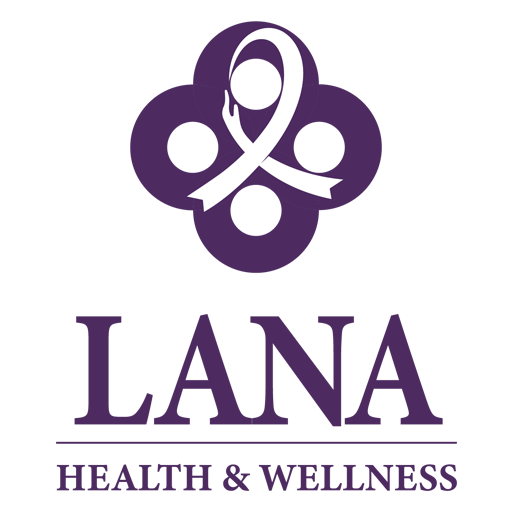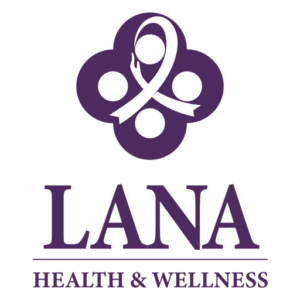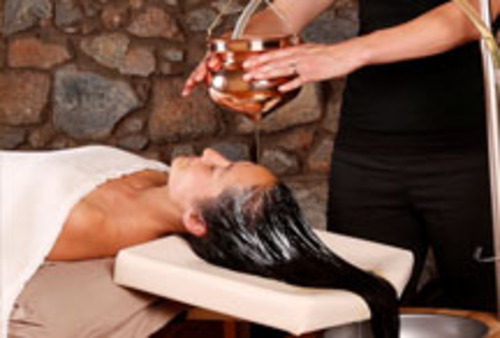A Touch of Organic Magic for your Mind and Body
Ayurveda is a comprehensive system of medicine that emphasizes the interconnectedness of the body and mind, and maintaining the innate harmony of the individual. The application of herbal oil is the heart of Ayurvedic treatment. Oiling the body is a great way to keep the skin soft, supple, and beautiful. Herbal oil massages offer great benefits- they normalize vata and pitta, increase immunity, strengthen the bones and muscles, nourish skin cells, increase longevity, improve vision quality, speech and sleep. In short, it simply negates many of the effects that one associates with aging.
Ayurveda can be used to combat several conditions, both serious and mild. Below, we will take a look at some of the most common conditions that Ayurvedic treatments deal with, as well as what those treatments are.
Cancer
Ayurvedic treatments offer a unique perspective on the biomedical diagnosis of cancer that places emphasis on restoring wholeness, using natural remedies, focuses on emotional health and emphasizes prevention strategies.
The Ayurvedic description of the pathophysiology of cancer uses traditional concepts translated into a modern context. Although the biomedical treatment of cancer is considered valuable, from an Ayurvedic perspective, it results in degeneration and depletion. In cases where the biomedical treatment of cancer is not feasible, an Ayurvedic approach focusing on strengthening digestion, eliminating toxins, reducing tumor growth, and improving tissue metabolism can be useful. An Ayurvedic approach to cancer-supportive care focuses on restoring equilibrium, building strength, and rejuvenation.
Cancer is one of the deadliest challenges facing the world today, and has been spreading drastically in the 21st century. It has officially become the most dangerous killer in the world, according to the World Health Organization. Scientists are making every effort to fight this disease; however, a sure-shot cure is still awaited. Ayurveda has many classic herbal formulas that offer effective relief from all types of pain, inflammation, swelling, and reduced mobility.
Ayurveda, the oldest Indian indigenous medicinal system, uses herbal plant-based remedies, and has been known from very early times to be useful in preventing or suppressing various tumors, through the use of these natural drugs. In Ayurveda, cancer is described as inflammatory or non-inflammatory swelling and mentioned either as ‘Granthi’ (minor neoplasm) or ‘Arbuda‘ (major neoplasm), according to ‘Charaka’ and ‘Sushruta Samhitas’. The nervous system (Vata or air), the venous system (Pitta or fire) and the arterial system (Kapha or water) are very important in ensuring the normal functioning of the body, according to Ayurveda. In malignant tumors, all three systems get out of control (Tridoshas) and lose mutual coordination, which causes tissue damage, resulting in critical condition. Tridoshas can cause excessive metabolic crises, resulting in proliferation.
As research into cancer treatments continue, scientists are keener than ever to research complementary and alternative medicine for the management of cancer, as they try to create new treatments to combat the disease. Modern cancer therapy, which is known to be burdened by drug-induced toxic side-effects, continues to search desperately for alternatives to the current treatment methods that have a higher success rate and less side-effects.
The main goal of Ayurvedic therapy is to find the ultimate cause of an illness. The therapeutic approach of Ayurveda is divided into four categories as Prakritisthapani chikitsa (health maintenance), Rasayana chikitsa, (restoration of normal function), Roganashani chikitsa (disease cure) and Naishthiki chikitsa (spiritual approach). Commonly used herbal decoctions reported in Ayurveda are made of multiple herbs, some of which possess great potential for a cancer cure. Scientifically, these formulations work on multiple biochemical pathways and influence different organ systems and nourish the body as a whole by supporting the body‘s defence systems.
Herbs help total healing, reduce the side effects, and also reduce cancer-associated complications. Andrographis paniculata, Annona atemoya, Phyllanthus niruri, Piper longum, Podophyllum hexandrum, Tinospora cordifolia, Semecarpus anacardium, Vitis vinifera, Baliospermum montanum, Madhuca indica, Pandanus odoratissimum, Pterospermum acerifolium, Raphanus sativus, Barleria prionitis, Prosopis cineraria, Amorphopallus campanulatus, Oxoxylum indicum, Basella rubra, Flacourtia romantchi, Moringa oleifera, Ficus bengalensis, Curcuma domestica, Allium sativum, Calotropis gigantean, Datura metel, Hygrophila spinosa, Juniperus indica, Moringa oleifera, Nigella sativa, Picrorrhiza kurroa, Rubia cordifolia, etc. are just some of the plants that are considered to have anticancer property. Nowadays, many herbs are under clinical studies and being investigated phytochemically to understand their anticancer potential. More than 25% of drugs used during the last 20 years are directly derived from plants, while another 25% are chemically altered natural products. Nine plant-derived compounds including vinblastine, vincristine, etoposide, teniposide, taxol, navelbine, taxotere, topotecan and irinotecan have even been approved for use as anticancer drugs.
Each herb contains multiple active ingredients that often operate synergistically, producing therapeutic benefits and lowering the risks of adverse effects. It is important to raise awareness and encourage the implementation of Ayurvedic therapies in order to combat cancer and suggest an integrated approach to tumor management and treatment.
Diabetes Mellitus
Diabetes mellitus is a condition that is extremely serious from both a clinical and a public health standpoint. The traditional healthcare system of India, Ayurveda, offers a balanced and holistic multi-modality approach to treating this disorder. Many Ayurvedic modalities have been subjected to empirical scientific evaluation, but most such research has been done in India, and thus receives little attention in North America. There is a considerable amount of data from both animal and human trials that suggest the efficacy of Ayurvedic interventions in managing diabetes. However, the reported human trials generally fall short of contemporary methodological standards. More research is needed in the field of Ayurvedic treatment of diabetes, assessing both whole practice as well as the individual modalities.
The skin or the integumentary system is the largest organ of the body and involves the skin, hair, and nails. Ayurveda refers to skin disorders as Kustha, and literally means that which alters the complexion of the body.
According to Caraka Nidānasthāna chapter 7, there are seven major types and eleven minor types of Kustha. Each type is caused by different degrees of tri-doshic vitiation of the skin.
Stress
Long term stress will cause any number of symptoms, but most importantly, it changes our normal bodily function. For instance, decreased sleep, hunger or memory, and/or increased hunger, indigestion, or body aches.
Knowing the signals your body gives you is key to managing stress. The first steps require nourishing foods, regular sleep, and exercise. The second step is herbal products designed to help us cope with the high stress- these allow us to feel better faster and continue to function as normally as possible.
The World Health Organization has named migraines as the third most common and sixth most debilitating disease in the world- make sure to take the problem seriously if you are faced with it.
Back Pain
The management for low back pain in Ayurveda is to bring the vata dosha back to the state of equilibrium and thereby to the state of health. For managing low back pain, internal as well as external treatments are done. Herbal preparations like Ashtavargam Kwatham are administered internally. Daily purgation is recommended to restore the vitiated ‘dosha’ to the state of normalcy.
Prevention is the primary goal of Ayurveda, and being aware of the early symptom signals your body provides is essential. At the beginning of winter, the cold, drying effects of vata are felt. As winter progresses the deeper cold of kapha settles in. This transition challenges our strength and immunity and manifests as colds, cough, fever, headache, sinus congestion, constipation, indigestion, insomnia, itchy dry skin, and body pain and stiffness.
A head massage with Ayurvedic oil is one of the most effective practices to calm the Vata Dosha. Shirodhara is a classical Ayurvedic therapeutic procedure. For shirodhara, an Ayurvedic practitioner prescribes an herbal oil. It is then poured in a constant, gentle stream over the forehead. It is also a quick and powerful way to calm the mind in a deep way and support high-quality sleep. A typical shirodhara session may last 30 minutes to a full hour. It is done daily for 3, 7, 14, or 28 days. The Ayurvedic practitioner determines both the duration of each shirodhara session and the number of days it lasts. This determination is made by a practitioner according to the patient’s age, constitution, dominant dosha and severity of any diseases.





